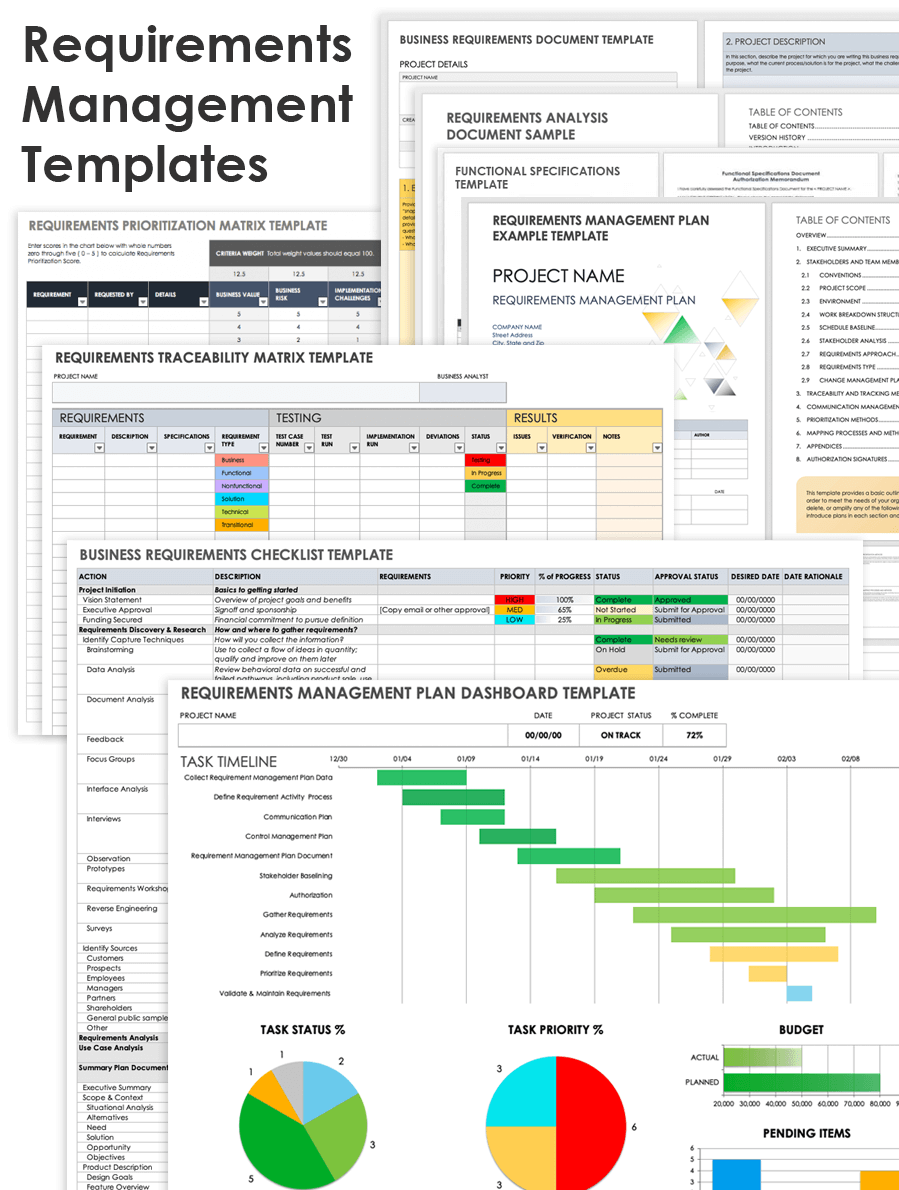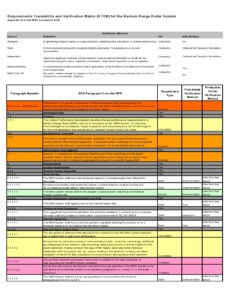Developing and implementing secure systems is crucial in today’s digital age, and the security requirements traceability matrix (SRTM) template plays a vital role in establishing traceability between security requirements and system design. It provides a systematic approach to ensuring that security considerations are addressed throughout the system development lifecycle.
An SRTM template is structured to trace the relationship between security requirements, system design elements, and test cases. By mapping these elements, it becomes easier to identify potential vulnerabilities and ensure that the system meets the intended security requirements. It facilitates comprehensive testing, verification, and validation activities, ultimately enhancing the overall security posture of the system.

Components of a Security Requirements Traceability Matrix Template
A well-structured security requirements traceability matrix template typically includes the following components:
• **Security Requirements:** This column lists all the security requirements that are applicable to the system. These requirements can be derived from various sources, such as standards, regulations, or stakeholder needs.
• **System Design Elements:** This column captures the design elements of the system, such as components, modules, or interfaces, which are relevant to the security requirements.
• **Test Cases:** This column documents the test cases that are designed to verify the implementation of the security requirements.
• **Traceability Links:** This section establishes the traceability links between the security requirements, system design elements, and test cases. It ensures that each security requirement is mapped to the corresponding design elements and test cases, providing a comprehensive view of the traceability.
Benefits of Using a Security Requirements Traceability Matrix Template
Implementing an SRTM template offers numerous benefits throughout the system development process:
• **Improved Security:** By establishing traceability between security requirements and system design, organizations can enhance the overall security of their systems. It helps ensure that security considerations are embedded into the system from the early stages of development, reducing the risk of vulnerabilities and security breaches.
• **Enhanced Compliance:** Many industry regulations and standards require organizations to demonstrate traceability between security requirements and system implementation. An SRTM template provides a structured approach to meeting these compliance obligations, ensuring that the system aligns with regulatory requirements.
• **Efficient Verification and Validation:** The traceability established through an SRTM template streamlines the verification and validation process. It allows organizations to trace test results back to specific security requirements, making it easier to identify and address any discrepancies or gaps.
• **Stakeholder Confidence:** A well-maintained SRTM template provides stakeholders with a clear understanding of how security requirements are implemented in the system. This transparency increases confidence in the system’s security posture and reduces concerns related to compliance and risk.
Conclusion
A security requirements traceability matrix template is an invaluable tool for organizations seeking to develop and maintain secure systems. It provides a structured approach to mapping security requirements to system design and testing, ensuring that security considerations are embedded throughout the system development lifecycle. By implementing and maintaining an SRTM template, organizations can enhance the security of their systems, meet compliance obligations, and gain stakeholder confidence in the system’s security posture.

